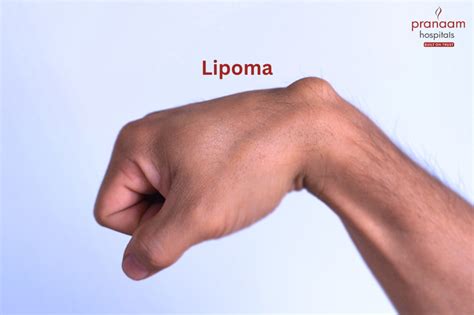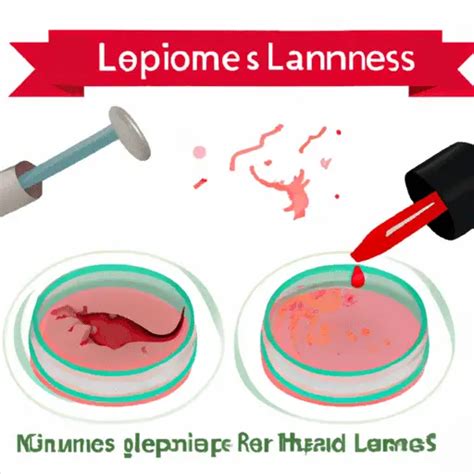Intro
Learn how to remove a lipoma safely with expert guidance, avoiding lipoma removal complications and exploring surgical and non-surgical lipoma treatment options for effective lipoma cure and prevention.
Lipomas are benign tumors composed of fat tissue that can appear anywhere on the body, but are most commonly found on the neck, shoulders, and back. They are usually soft, movable, and painless, but can cause discomfort or cosmetic concerns for some individuals. Removing a lipoma can be a straightforward procedure, but it's essential to do it safely and under the right medical guidance to avoid any potential complications. In this article, we will delve into the world of lipomas, exploring their causes, symptoms, diagnosis, and treatment options, with a focus on safe removal methods.
The importance of understanding lipomas cannot be overstated, as they can significantly impact an individual's quality of life. Not only can they cause physical discomfort, but they can also affect a person's self-esteem and confidence. Furthermore, if left untreated, lipomas can continue to grow, leading to more severe symptoms and potentially causing nerve damage or other complications. Therefore, it's crucial to seek medical attention if you suspect you have a lipoma, and to explore safe and effective removal options.
Lipomas can be removed through various methods, including surgical excision, liposuction, or steroid injections. However, it's crucial to consult with a qualified healthcare professional to determine the best course of treatment for your specific case. They will assess the size, location, and depth of the lipoma, as well as your overall health, to recommend the most suitable removal method. With the right guidance and care, you can safely remove a lipoma and alleviate any associated discomfort or cosmetic concerns.
Understanding Lipomas

Lipoma Symptoms and Diagnosis
The symptoms of a lipoma can vary depending on its size, location, and depth. Common symptoms include a soft, movable lump under the skin, which may be painful if it presses on nearby nerves or tissues. A lipoma can also cause cosmetic concerns, such as a visible bulge or asymmetry. To diagnose a lipoma, a healthcare professional will typically perform a physical examination, take a medical history, and may order imaging tests, such as an ultrasound or MRI, to confirm the diagnosis.Lipoma Removal Methods

Surgical Excision
Surgical excision is a straightforward procedure that involves removing the lipoma through a small incision. The procedure is usually performed under local anesthesia, and the incision is typically small and discreet. The surgeon will remove the lipoma and close the incision with sutures or staples. The recovery time is usually short, and most people can return to their normal activities within a few days.Preparation and Aftercare

Aftercare Instructions
After lipoma removal, it's essential to follow the aftercare instructions provided by your healthcare professional. This may include taking pain medication, applying ice to the affected area, and keeping the incision site clean and dry. It's also important to attend follow-up appointments to monitor the healing progress and remove any sutures or staples.Risks and Complications

Minimizing Risks and Complications
To minimize the risks and complications associated with lipoma removal, it's essential to choose a qualified and experienced healthcare professional. They will assess your individual case and provide personalized guidance and care to ensure a safe and successful procedure.Alternative Treatment Options

Steroid Injections
Steroid injections can be used to shrink a lipoma, but this method may not be suitable for all cases. The injections can cause side effects, such as skin thinning or discoloration, and may not completely remove the lipoma.Conclusion and Next Steps

We invite you to share your thoughts and experiences with lipoma removal in the comments section below. Have you undergone lipoma removal, or are you considering it? What were your experiences, and what advice would you give to others? By sharing your stories and insights, you can help others make informed decisions about their care and promote a safer and more supportive community.
What is a lipoma, and how is it diagnosed?
+A lipoma is a benign tumor composed of fat tissue that can appear anywhere on the body. It is typically diagnosed through a physical examination, medical history, and imaging tests, such as an ultrasound or MRI.
What are the treatment options for lipoma removal?
+The treatment options for lipoma removal include surgical excision, liposuction, and steroid injections. The best course of treatment will depend on the size, location, and depth of the lipoma, as well as the individual's overall health.
What are the risks and complications associated with lipoma removal?
+The risks and complications associated with lipoma removal include bleeding, infection, scarring, and nerve damage. However, these complications are rare and can be minimized by following the aftercare instructions and attending follow-up appointments.
